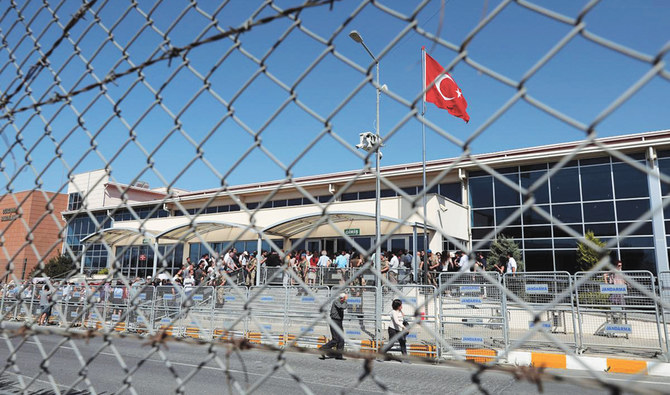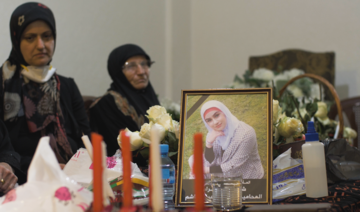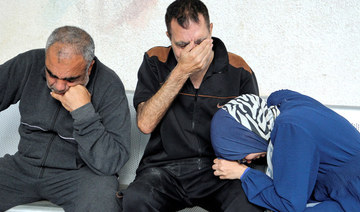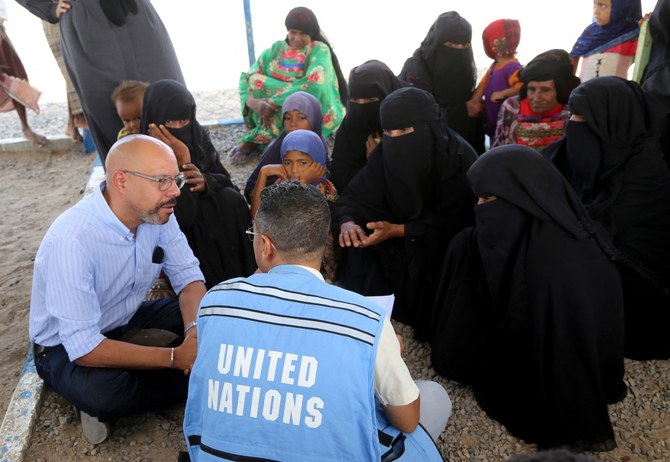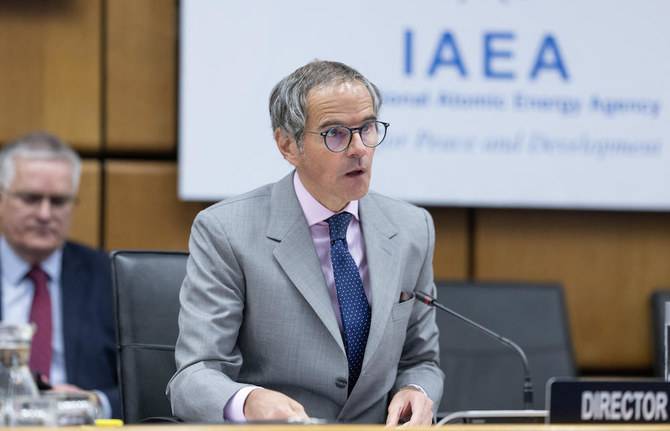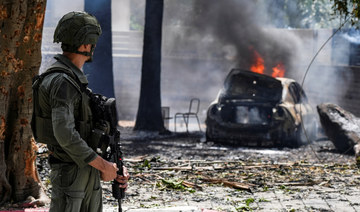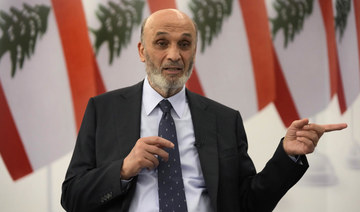ANKARA: The death of a Turkish prisoner from COVID-19 in Istanbul’s Silivri Prison on Friday has put the health conditions of Turkish prisons under the spotlight again, with inmates under increased risk.
The number of infected inmates in the prison has risen to 82. Four inmates have lost their lives in the pandemic, according to the official figures. Many reports are coming about confirmed positive test results for COVID-19 nationwide.
Human rights activists and opposition politicians have called on the authorities to release prisoners during the outbreak. As a first step, they suggest releasing on bail those who are not sentenced yet, prisoners who have a serious disease and those who are above 60 years of age, postponing the enforcement of their sentences.
A prisoner release bill was adopted by Turkish parliament last month to ease overcrowding in jails and protect detainees from any contagion, but it was criticized for leaving behind bars journalists and dissident activists jailed on political charges and freeing 90,000 inmates, including mafia bosses.
Hygiene, access to medical services and nutrition are the main concerns that are raised.
In a series of parliamentary questions on May 22, Feleknas Uca, a parliamentarian from the pro-Kurdish Peoples’ Democratic Party (HDP), said that inmates in the southeastern Bayburt Prison were reportedly provided with one surgical mask between eight of them.
The lack of hot water for the past two months in the prison and the insufficient cleaning of the cells are also cited as a source of concern, especially in a period where strict hygiene precautions are essential.
NUMBER
82 - the number of infected inmates in the Turkish prison.
Murat Yilmaz, a human rights lawyer in Ankara, said the public authorities have not disclosed official data about the outbreak risk in the prisons in a transparent way.
“Turkish jails, where 20 people are in a cell designed for eight, are overpopulated, with limited access to bathrooms. The restrooms are shared. The wardens are in constant contact with the outside world and they can bring the virus into the prisons. It is impossible to protect these vulnerable inmates once one of them contracts the virus because they stay in a closed environment with limited opportunities to take fresh air,” he told Arab News.
Yilmaz, who monitors the situation in Turkey’s prisons closely, said inmates with chronic diseases such as cancer and high blood pressure are also kept in jail. Being in the risk group, they are highly vulnerable.
“The number of prison infirmaries and doctors is very insufficient. There are disruptions in the referral of the patients to the hospitals. People who are behind bars for a long time are already deprived of sunlight and they are not sufficiently nourished,” he said.
After the failed coup attempt in 2016, the total number of prisoners in Turkey rose to about 300,000, the second largest prison population in Europe, according to the data from Council of Europe. Around 50,000 people are locked up on terror charges.
Gamze Akkus Ilgezdi, a lawmaker for the main opposition Republican People’s Party (CHP), said that in the last two weeks of April COVID-19 cases in the jails increased by 606 percent.
“Urgent precautions must be taken in the prisons. Otherwise, the responsibility of the deaths will fall on the government and the bureaucracy,” she told Arab News.
Ilgezdi also emphasized the need to protect 3,100 child inmates, along with 780 children who stay with their mothers in prisons, as they are also vulnerable to the risk of contagion.
Last month, the European Committee for the Prevention of Torture (CPT) of the Council of Europe urged all member states to apply alternative practices to detention whenever possible and without discrimination.



